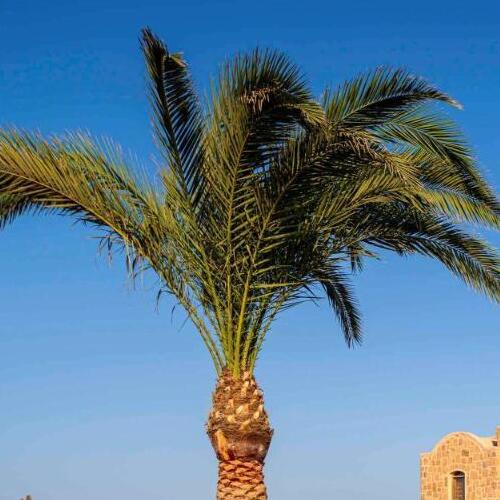No other nation in the world says ‘Welcome’ as often as the Egyptians, and every time, they mean it. While the ancient civilization of Egypt continues to amaze, contemporary Egyptians are equally remarkable.
Bir Umm Fawakhir
Bir Umm Fawakhir: A Glimpse into Egypt's Golden Past
In the heart of Egypt’s central Eastern Desert, the archaeological site of Bir Umm Fawakhir unfolds a remarkable story of a 5th to 6th-century gold mining town. Recent explorations have brought to light the intricacies of this once-thriving settlement, revealing 152 out of an estimated 216 buildings in meticulous detail. This exploration has extended to eight surrounding clusters of ruins and four ancient gold mines, offering a fascinating insight into the town’s extensive operations.
This newfound understanding aligns with the first-century BC descriptions by the Greek historian Diodorus Siculus, shedding light on the sophisticated mining techniques of ancient Egypt. Intriguingly, Bir Umm Fawakhir also bears traces of earlier civilizations, with evidence pointing to periods of Roman, Ptolemaic, and even Pharaonic activity.
The town, predominantly inhabited by Coptic Christians, was a bustling center of gold mining. The miners would extract raw gold, which was then transported to a valley along the Nile River for refining. This process not only underscores the town’s economic significance but also its integral role in the broader narrative of Egypt’s rich mining history.
Visitors to Bir Umm Fawakhir today can witness the echoes of its golden past, especially at the town’s entrance, where stones and rocks are adorned with various inscriptions. These markings are silent testaments to the lives and labors of those who once called this desert town their home, offering a tangible connection to a bygone era of Egyptian history.
Created On March 18, 2020
Updated On Aug , 2024


